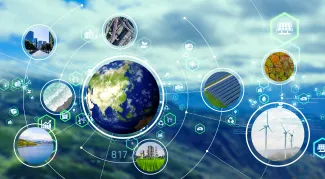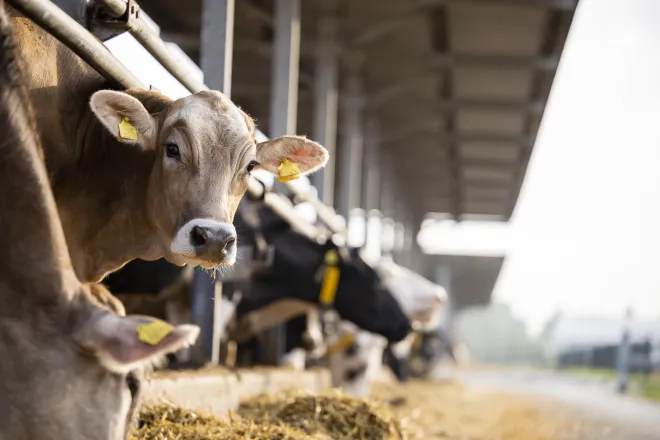
EarthTalk - How feasible is Direct Air Capture as a tool in mitigating climate change?
© iStock
Dear EarthTalk:
How feasible is so-called Direct Air Capture as a tool in mitigating runaway climate change?
James Hawthorne, Tampa, FL
The United Nations has emphasized limiting global temperature increase to 1.5°C above pre-industrial levels to mitigate the severe impacts of climate change and ensure a habitable planet. Meeting this target requires a 45 percent reduction in emissions by 2030 and achieving net-zero emissions by 2050.
Despite this ticking clock, the December 2023 United Nations Climate Summit reported a 1.1 percent increase in carbon dioxide (CO2) emissions since 2022. This led researchers to believe that artificial carbon removal, or Direct Air Capture (DAC), may become essential to maintaining a livable Earth.
Plants naturally absorb and convert CO2 into oxygen through photosynthesis. When plants die, they release carbon, but most of it is absorbed by the soil. Additionally, the ocean absorbs CO2 through surface dissolution and the biological pump. Unfortunately, deforestation has lowered the number of carbon-sequestering trees, and converting carbon-rich ecosystems, such as forests and wetlands, into farmland has depleted topsoil, releasing stored carbon and hindering the ability to capture additional carbon. Warmer ocean waters have decreased gas solubility and released more carbon from melting ice.

Scientists are designing technologies that can extract CO2 from the air. Air is funneled into a processor by fans and passed over a liquid solvent or a solid sorbent which captures the CO2. After the CO2 has been isolated, heat is applied to release it from the solvent or sorbent. Next, the gas undergoes a process called “liquefaction,” or compression until it becomes liquid. It is then injected into underground rock formations where it gradually mineralizes. DAC is not meant to encourage the continuation of high-emission practices but rather to serve as a tool for offsetting the emissions that they cannot avoid.
Currently, DAC is designated by the International Energy Agency as a “technology-readiness level six” on a scale of one to nine. Immense funding and an established user base is needed before DAC can go mainstream. Maintenance and labor costs are still unpredictable. Land availability has been a concern, as well as varying weather conditions that may impact the success of DAC equipment.
DAC systems require significant amounts of heat to de-bond CO2 from a solvent or sorbent. Solvent systems normally require 900 degrees Celsius, while sorbent systems require 80-120 degrees Celsius. To optimize efficiency, the source of this heat energy must be as close to zero emission as possible.
While having significant potential, the current major hurdle for DAC lies in cost. The early-stage cost to remove one ton of CO2 from the atmosphere is estimated to be between $300 to almost $1,000. Conversely, the same quantity of removal through reforestation costs between $50 to $125. However, the future looks hopeful for DAC, as the Department of Energy has initiated a “Carbon Negative Shot” proposal that intends to reduce the cost of DAC to less than $100/tonne within the next decade.
CONTACTS
- Six Things to Know About Direct Air Capture, https://www.wri.org/insights/direct-air-capture-resource-considerations-and-costs-carbon-removal
- Affordable direct air capture: myth or reality? https://climate.mit.edu/posts/affordable-direct-air-capture-myth-or-reality
- The U.S. Government Will Pay to Remove Carbon From Atmosphere, https://heatmap.news/economy/carbon-removal-us-government.
EarthTalk® is produced by Roddy Scheer & Doug Moss for the 501(c)3 nonprofit EarthTalk. See more athttps://emagazine.com. To donate, visit https://earthtalk.org. Send questions to: question@earthtalk.org.















